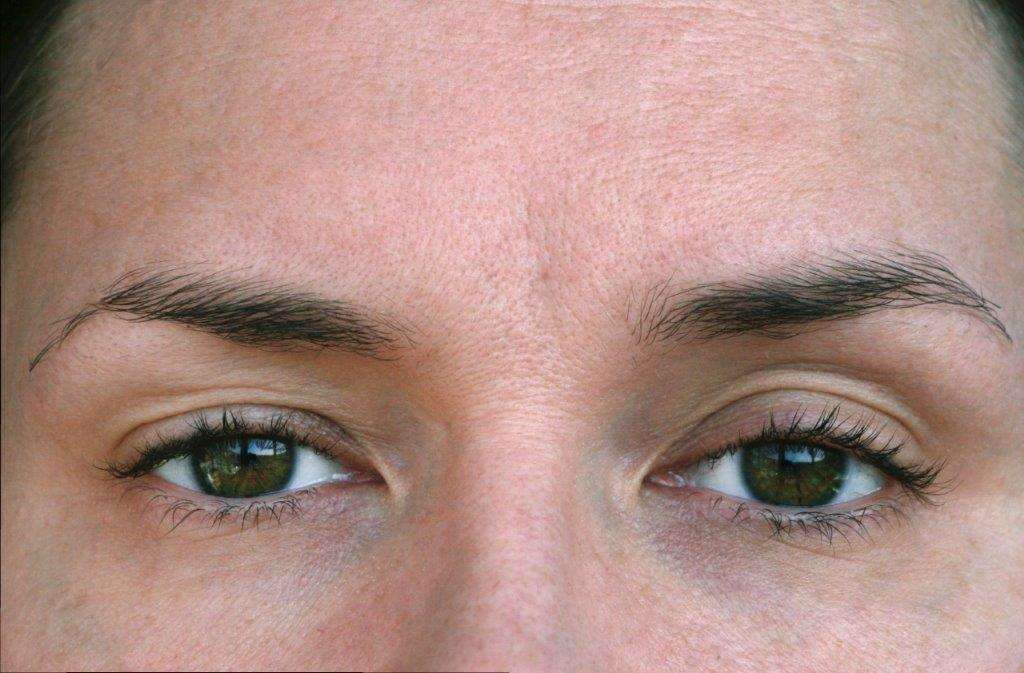What is ptosis?
Ptosis occurs when the upper eyelid of one or both eyes droops over your eye. The droop may be barely noticeable or the eyelid can sag to such an extent that it covers your pupil (the black dot at the centre of your eye that lets light in).
Ptosis can limit or even completely block normal vision and can affect both children and adults.
What causes Ptosis?
Causes of ptosis in children
Children can be born with ptosis, which is called congenital ptosis. It can be caused by problems with the levator muscle – the main muscle that lifts the eyelid.
Children may be at risk for vision problems if they have ptosis. If the child’s eyelid droops to the extent that it blocks vision, amblyopia (“lazy eye”) can develop and one eye will have better vision than the other.
Causes of ptosis in adults
Adults get ptosis – called involutional ptosis – when the levator muscle stretches and separates from the eyelid. This can be caused by aging, as a result of an eye injury, or sometimes as a side effect of certain eye surgery. Occasionally other diseases can affect the eyelid muscle, causing ptosis.
What are the symptoms of ptosis?
The most obvious sign of ptosis is the drooping eyelid, and the degree of drooping varies from person to person.
Tilting the head back to try to see under the lid (this can cause head and neck problems)
Raising eyebrows repeatedly to try to lift the eyelid
The affected eye appearing smaller than normal
Ptosis caused by an underlying medical problem may have additional symptoms related to that illness.
How is ptosis diagnosed?
Your ophthalmologist will review all of your symptoms – not just your eyelid issues. You may be asked about your past medical history and any family history of ptosis or inherited muscle diseases.
A complete eye exam will be performed and occasionally blood tests and imaging tests such as a CT scan or an MRI scan will be requested.
In most children with untreated congenital ptosis, the condition is fairly stable and doesn’t get worse as the child grows, but the child should visit your eye specialist annually.
In people with age-related ptosis, however, the drooping can increase gradually over time.
How is ptosis treated?
Treatment for children
Your ophthalmologist will consider the following factors when determining the best treatment options for childhood ptosis:
The child’s age
Whether one or both eyelids are involved
The height of the eyelid
The strength of the eyelid’s muscle
The eye’s movements.
Surgery is recommended to treat ptosis in children if it is affectving vision. The surgery is either to tighten the levator muscle or to attach the eyelid to other muscles that can help lift the eyelid. The goal is to improve vision.
If other conditions such as amblyopia are present, wearing an eye patch or special eyeglasses, or using eyedrops will be recommended to strengthen the weaker eye.
If the vision is unaffected surgery may be delayed until they are older. Because children’s eye shape changes with growth, sometimes vision problems can develop if the ptosis worsens, so regular examinations by the child’s ophthalmologist should be done.
Treatment for adults
Surgery is usually the best treatment for adults with drooping eyelids. This is normally done as an outpatient procedure using a local anaesthetic.
Your ophthalmologist will discuss specific treatment options with you.
